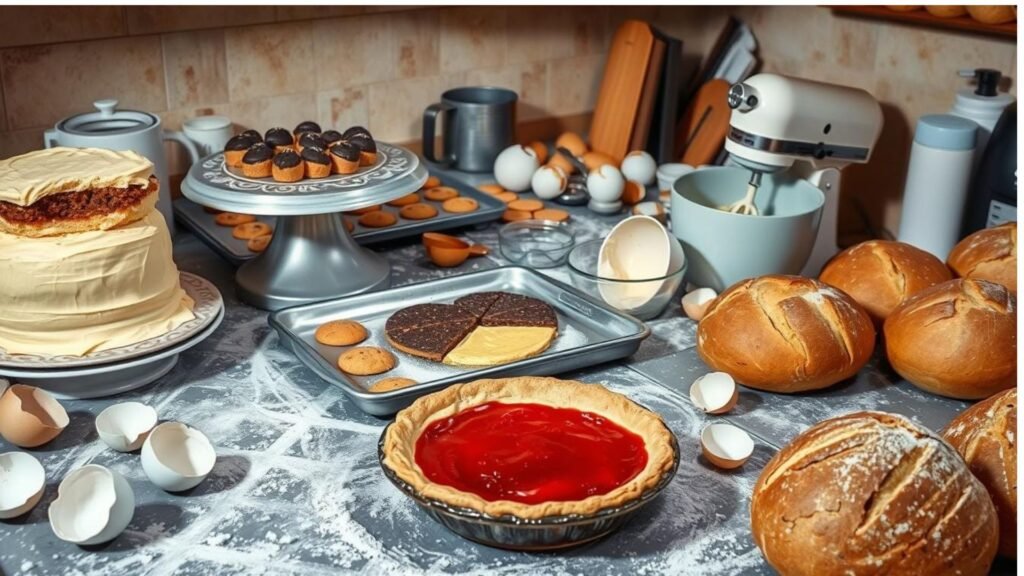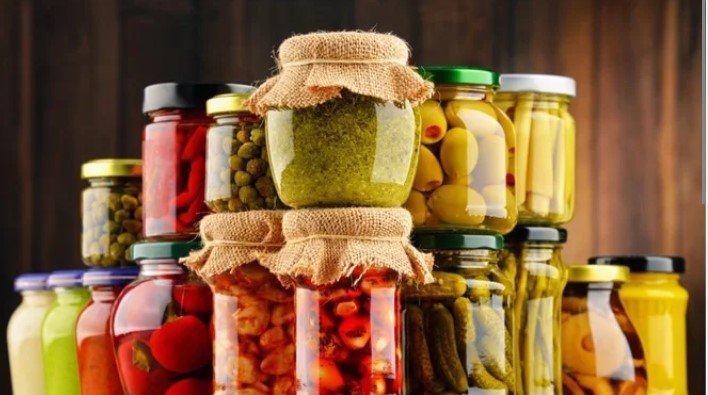Baking is both an art and a science, where precision and technique play key roles in achieving the perfect results. Even the most seasoned bakers can run into issues if they’re not careful. Whether you’re a beginner or an experienced baker, avoiding common mistakes can make the difference between a baking disaster and a sweet success. In this article, we’ll explore the top mistakes to avoid in baking and share tips to help you achieve perfect results every time.

Not Measuring Ingredients Correctly
One of the most common mistakes in baking is incorrect measurement of ingredients. Baking relies heavily on ratios and precise measurements, so even a slight error can throw off the entire recipe. For example, adding too much flour can make your dough dense, while not enough sugar can affect the texture and flavor of your dessert.
Tip: Always use a kitchen scale for accurate measurements, especially for flour and sugar. When using measuring cups, spoon the ingredient into the cup and level it off with a flat edge to avoid over-packing.
Using the Wrong Oven Temperature
Another critical mistake in baking is not using the correct oven temperature. An oven that’s too hot or too cool can lead to uneven baking, with the outside of your baked goods becoming overcooked while the inside remains undercooked.
Tip: Always preheat your oven to the correct temperature before putting anything inside. Using an oven thermometer is a great way to ensure your oven is at the right temperature, as many ovens can be inaccurate.
Skipping Ingredient Preparation
Many recipes require ingredients to be prepared ahead of time — whether it’s softening butter, sifting flour, or letting eggs come to room temperature. Skipping these steps can affect your batter’s consistency and the final outcome.
Tip: Read through the entire recipe before starting and gather all ingredients. Prepare them as instructed (e.g., softening butter, beating eggs) to ensure they mix properly.
Overmixing or Undermixing the Batter
Mixing your batter too much or not enough can lead to problems in the texture of your baked goods. Overmixing can cause a dense or tough result, especially in cakes and muffins. Undermixing can leave lumps of flour or unincorporated ingredients in your dough.
Tip: Mix ingredients just until they are combined. When using a stand mixer or hand mixer, stop mixing as soon as the batter is smooth and lump-free. For hand-mixed dough, use a spatula or wooden spoon to gently fold the ingredients together.
Using Cold Ingredients When They Should Be Room Temperature
Certain ingredients, like butter and eggs, need to be at room temperature for proper mixing and texture. Cold ingredients don’t mix well and can result in a lumpy, uneven batter that doesn’t rise correctly.
Tip: Take butter, eggs, and other ingredients out of the fridge about 30 minutes before you begin baking. If you forget, you can soften butter quickly by cutting it into small cubes or microwaving it for a few seconds.
Ignoring the Importance of Resting or Chilling Dough
Chilling dough before baking is often essential, particularly for cookies and pastries. Dough that hasn’t been rested can spread too much in the oven or become too soft to handle.
Tip: Follow recipe instructions carefully when it comes to chilling dough. Allow your dough to rest or chill for the recommended time to achieve the best texture and shape.
Conclusion
Baking may seem straightforward, but even small mistakes can impact the outcome of your treats. By paying attention to details like ingredient measurement, oven temperature, and dough preparation, you can avoid many common errors and elevate your baking skills. With practice and patience, you’ll learn how to fine-tune your techniques, leading to perfect results every time. Avoid these common mistakes, and you’ll be well on your way to becoming a more confident and successful baker.











